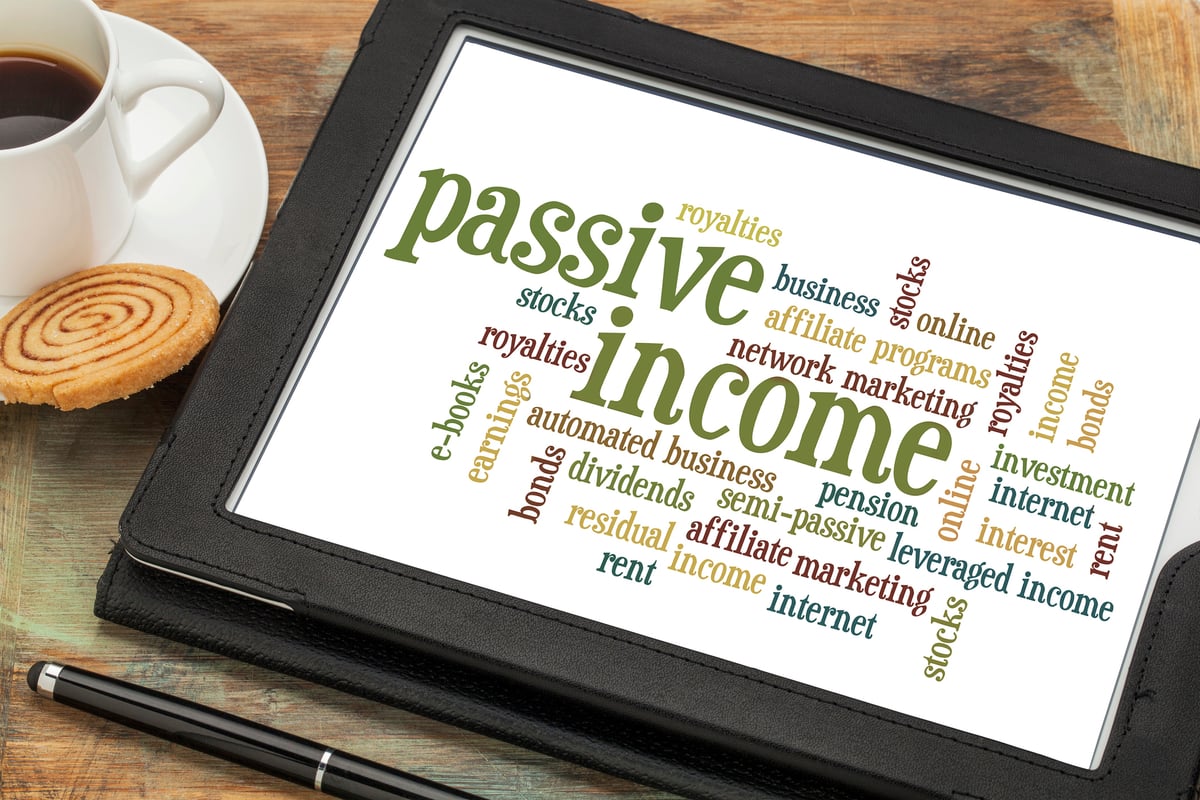There is no "k" in Coca-Cola (KO 1.54%). But urban legend has it that when Coca-Cola went public in 1919, Wall Street gave it the ticker symbol "KO" to stand for "knock-out," because of its sterling fundamentals and explosive profit potential. Actually, it became "KO" because the ticker "CO" was already taken. But regardless, Coca-Cola proved to be a "knock-out" investment, raising its dividend for the last 63 years and counting.

NYSE: KO
Key Data Points
In particular, the company issued rapid dividend hikes in the years after Warren Buffett first bought shares in 1988. In the following decade, the company quadrupled its payouts. It's raised its dividend by another 505% since 2000.
Starbucks (SBUX +1.06%) started paying a dividend much more recently, in 2010. But it soon earned a reputation as a dividend machine, raising payouts by 720% over the next decade. Capital appreciation naturally followed, with shares rising by over 1,000%.

Image source: Getty Images.
Today, Starbucks and Coca-Cola both offer a 2.9% dividend yield. But in 2025, one is clearly superior as an income investment.
Fundamentals suggest Coca-Cola will grow dividends faster in 2026 and beyond
Not only do these stocks offer a near-identical yield today, but coincidentally, they also rang in 2020 paying the same dividend of $0.41 per share. Over the last five years, the pace of dividend hikes for both companies has slowed dramatically. Since 2020, Starbucks has raised payouts from $0.41 per share to $0.61 per share, a 49% increase.
Coca-Cola, meanwhile, has increased payouts from $0.41 per share to $0.52 per share, a 27% increase that only barely keeps up with the inflation of 25% since January 2020.
But past performance does not guarantee future results. Three indicators suggest that Coca-Cola will defy the precedent of the last five years to grow dividends at a faster pace than Starbucks.
First, there's the payout ratio, or the percentage of net income that a company is already setting aside to pay dividends. A lower payout ratio indicates more room to grow payouts, since it's easier to grow a smaller percentage, all else being equal. Starbucks has a payout ratio of 103.9%, meaning it's dipping into cash reserves or taking on debt to pay its dividend. Meanwhile, Coca-Cola's payout ratio is 67.7%, indicating a much more sustainable payout.
Secondly, growing earnings indicate a dividend is sustainable. Last quarter, Coca-Cola grew its earnings by 29.8% year over year, while Starbucks saw its earnings fall by 47.1%amid a turnaround effort that hasn't yet borne fruit for the troubled company.
Thirdly, a higher operating margin means a company is well positioned to grow its dividend. Operating margin is the percentage of revenue left over after all operating costs, from salaries to overhead and utility bills, are paid.
On this score in particular, Coca-Cola excels. Its operating margin is 32.2%, which compares very favorably to Starbucks' operating margin of 9.51%. For context, the average S&P 500 company has an operating margin of 10.8%.
Another reason income investors should choose Coca-Cola
Share buybacks can also boost a dividend's sustainability by reducing the number of shares on which a company must pay out dividends. Last quarter, Coca-Cola retired 1.1 million shares, paying $81.2 million to buy back the stock. While not a huge number, it's part of a buyback program to retire $6 billion worth of shares through 2030.
Apart from making the dividend more sustainable, it will also boost earnings per share, as the company's earnings would be divided by a smaller and smaller denominator of shares. By contrast, Starbucks has not repurchased any shares since May 2024, despite ostensibly reversing a pause on share buybacks the prior year.
It's possible management is wary of buying stock in the middle of a turnaround, in which the company's resources are urgently needed elsewhere. If so, that decision is in the best interest of shareholders. Even so, Coca-Cola doesn't have that problem. Based on its fundamentals and the extra tailwind of its share buyback program, Coca-Cola is clearly the better bet for income investors.





